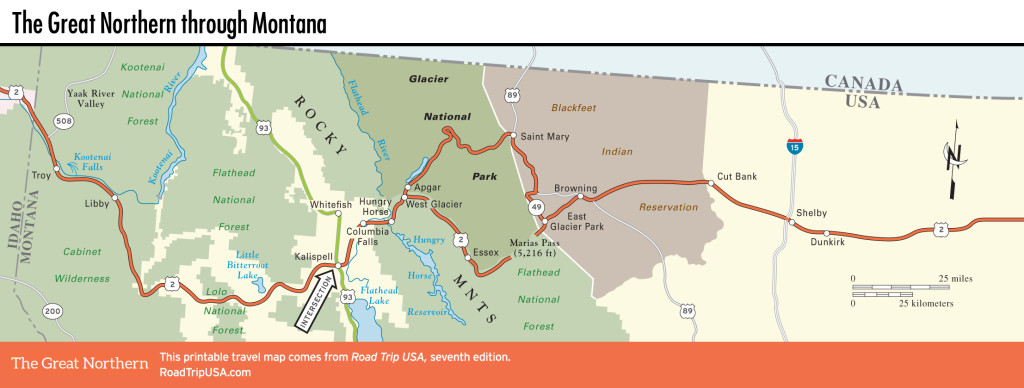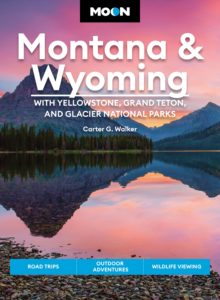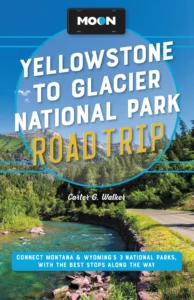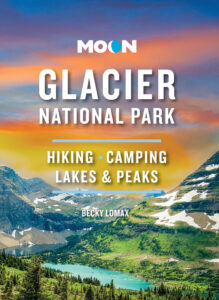Cut Bank and Shelby
Cut Bank
It’s hard for travelers heading west along US-2 to believe that, despite having covered over 1,000 mi (1,610 km) of undulating Great Plains, they have yet to reach the mountains. It isn’t until Cut Bank (pop. 3,022) that the see-forever glaciation looks like it might be waning. You crest a hill and suddenly there they are: the rugged Rocky Mountains. Popularly known as the coldest city in the United States, as measured at the local U.S. Weather Service monitoring station, Cut Bank is a friendly and pretty enough place, bisected neatly by US-2 and the railroad tracks.
At the east end of town, Cut Bank’s iconic 27-foot-tall penguin stands next to the Glacier Gateway Inn and Plaza (1130 E. Main St., 406/873-5544 or 800/851-5541, $63-80), the town’s nicest motel.
Shelby
By northern Great Plains standards, bustling Shelby (pop. 3,089) is a hive of activity, mainly due to the busy I-15 freeway, which crosses US-2 here, 35 mi (56 km) south of the Canadian border. Even so, Shelby’s activity—typical truck-jockey, blue-smoke activity—is relegated to the area immediately around the I-15 exit and to the busy multimodal depot along the Burlington Northern tracks. Otherwise, it’s an oversize version of all the other Great Northern Railway towns, one that extends farther than most along the tracks, with wide streets and a much-appreciated hill flaring up to the south of downtown.
Shelby is not rowdy, but neither does it roll up its sidewalks by 8pm. Shelby has an impressive lineup of bars along Main Street (The Mint Club, the Montana Club, the Alibi Lounge, and the Tap Room, to name a few), but the town’s major claim to fame is that it hosted the 1923 world heavyweight fight between Jack Dempsey and Tommy Gibbons, a 15-round decision for Dempsey that was closer than it should have been. The match was produced as a publicity stunt to lure people to the oil boomtown, and Shelby built a 40,000-seat arena, but after Dempsey’s managers hemmed and hawed about canceling the bout, only 7,000 showed up.
A replica arena and a room full of artifacts from the fight are among the many intriguing items on display at the summer-only Marias Museum of History and Art (406/424-2551, Mon.-Sat., June-Aug., donation), in a former residence at the corner of 12th Avenue and 1st Street North. It feels much more like a home than a museum, which adds a welcome amount of weirdness to the usual battery of dusty old stuff. Best of all, the museum is across the street from the local swimming pool, an essential rest stop on a hot midsummer afternoon.
Shelby boasts the last good range of services for the 100-plus miles between here and Havre, so be sure to fill up the tank before setting off. There are a handful of cafés, like The Griddle (311 Main St., 406/434-7260), and an absolutely huge “Motel” sign marks the entrance to O’Haire Manor (204 S. 2nd St., 406/434-5555, $60 and up).
Heading east, US-2 eases into its long grind across the bare Great Plains, the level horizon broken by grain bins, wheat farms, and the occasional remnants of Cold War-era missile silos. Though the road meanders a little along the banks of the Milk and Mission Rivers, it’s mostly a thumb-on-wheel, greased-lightning, straight-shot road, miles and miles of your own wandering thoughts.

















